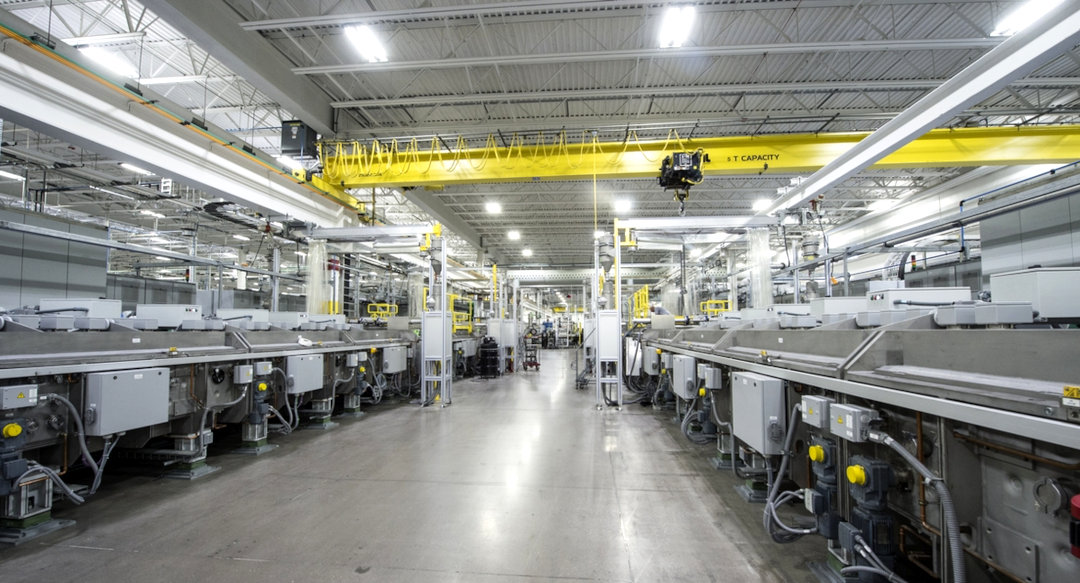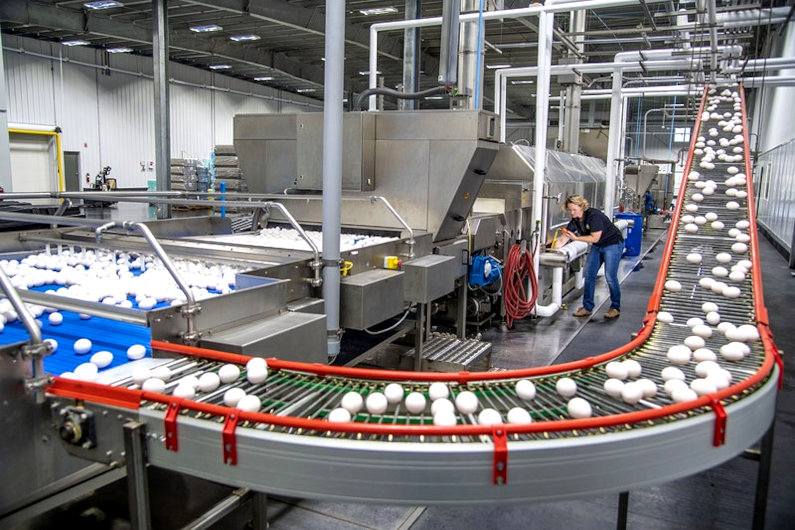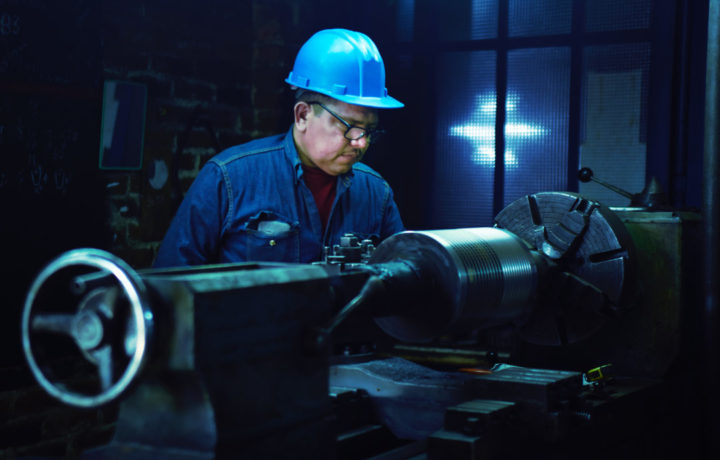Regardless of the size of your company, there is a clear link between maintaining a manufacturing plant availability and the profitability and growth of your facility. The growth of a company depends a lot on plant maintenance.
Customers are prone to move elsewhere, sometimes never to come back, and output dropped due to an unscheduled stoppage cannot be regained without incurring costs. Other consequences of equipment malfunction could include a drop in quality of product and a negative impact on your company’s performance. The drop can be in terms of health, safety, and environment.
To preserve the integrity of their manufacturing systems, several organizations have implemented one or a mix of maintenance procedures.

To implement processes that assist in lowering the risk of unscheduled downtime, you don’t necessarily need to completely adopt TPM, RPM, or the 5S. The following are some suggestions for reducing plant downtime and increasing productivity.
Vibration analysis
Vibration data is collected on a constant schedule by following a defined route across your manufacturing unit in route-based vibration analysis. The sequence in which you collect data from different equipment is referred to as your vibration route.
Route-based vibration analysis is an essential component of predictive maintenance if your plant relies on rotating machinery. These routes might be as straightforward and occasional as your budget permits. It’s usually done on a monthly or quarterly basis, but many people do it once or two times a year, just in case there’s an interruption. Even though it isn’t considered “predictive” maintenance, there is still a benefit to be gained.
Invest in skill development of operators
On many manufacturing floors, there is a clear distinction between operators and maintenance staff. Operators are given operative responsibility for the equipment, while maintenance crews deal with checking and maintaining the machinery. When operators are prompted to do regular maintenance and spot emergent problems, the possibility of equipment malfunction is greatly reduced.
Operators that find joy in their equipment’s health are far more likely to take proactive actions to guarantee its flawless operation. While this view may necessitate a cultural shift inside your company, the productivity gains will be enormous.
Designing a clear plan
Under no circumstances can daily maintenance be taken lightly or ignored. It’s critical that you know precisely what you’ll be inspecting or upgrading. You should also be vigilant of your tasks and lists. Ensure that nothing stays unfinished in your to-do list for much longer. Extended periods of neglect can prove to be disastrous in emergency scenarios.
Because certain chores will be more critical at the start of summer or cold, much of your upkeep will likely revolve around quarterly, bimonthly, or monthly plans.
Carefully monitor your manufacturing uni, mapping out each machinery and tool individually, and make a list of all the elements to make sure they’re all addressed in your scheduled maintenance. inspect every single subsection, beginning with the ones that are the most essential. Move forward checking and executing maintenance activities for each.
It’s critical that you keep track of and keep a tab of information regarding your equipment. It’s important to keep track of details like when each item was delivered, when it’s scheduled to be replaced, etc. You should also know the identifiers and specs you’ll need for the respective replacements.
Keep track of the last time it was examined and the condition of it as recorded at that time.

photo credit: Preston Keres / Flickr
Machinery should be lubricated and cleaned on a regular basis
Almost all large equipment will need some degree of daily maintenance. Lubrication of mobile parts, such as those in motors and power trains, is required on a regular basis. It would assure smooth functioning and avoid part breakage.
Even if some pieces of equipment and tools work fine without regular lubrication, they should be constantly inspected for signals that lubrication is needed. There are products and items available that can help with this procedure, like condition monitoring and sight glasses.
It’s also crucial to use the right lubricant for your machinery. The multitude of options can turn out to be confusing. In case of doubts, you should contact the original manufacturer of the machine
Contamination, especially water penetration, can affect machinery and is a common cause of mechanical failure. To reduce damage, seals and filters must be checked and changed as needed. Oiling is also vital to prevent corrosion.
Organize your work area
Keeping your facility organized is the simplest method to keep it secure and improve production. It’s an indication of bad plant management if your staff have to travel large distances between two or more manufacturing lines. In such instances, you might consider restructuring the layout of your factory floor for maximum productivity. Also, remove any unneeded things from walkways to avoid stumbling and slips. Employees will benefit from a more efficient workflow if you do so.
Finding strategies to streamline your plant’s organization can prevent accidents and increase the performance of your production plans.
With a few simple steps and plans, you can avoid major breakdowns or accidents in the future.
Cover photo credit: Science in HD / Unsplash


